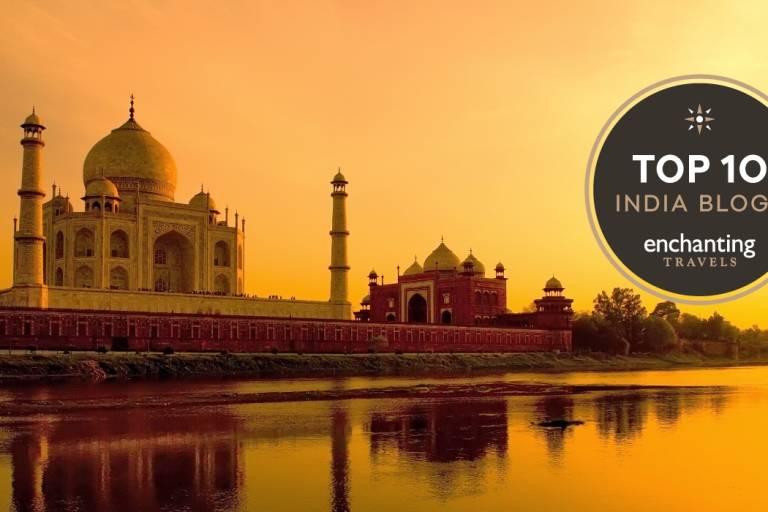Our vehicle wound ever higher up the earthen road cutting through Morocco’s High Atlas mountains. Below me, the red soil spilled like wine between green dots of forest and sheets of white snow. I lost myself in the dizzying beauty of North Africa’s tallest peaks, and as I nervously peered out of the window, I saw there was no guardrail separating us from the sharp ledge and distant valley below.
Our journey had started an hour earlier at the base of the mountain along an ancient caravan trail that connects Marrakech and the Sahara. Centuries ago, this trans-Saharan trade route had brought gold, ivory and cloth from places like Timbuktu, Sudan and Ghana to the North African coast. Today, the once-proud villages sprinkled along this winding road are little more than shantytowns, where weary travellers can buy grilled meat outside open shacks and cafes.
I had stopped at one of these villages, Taddert, that morning, clutching a faded copy of Berber Village: The Story of the Oxford University Expedition to the High Atlas Mountains of Morocco. Published in 1959 and written by expedition member Bryan Clarke, the book is an account of a remarkable 17-day expedition undertaken by five students in 1955 from Oxford to a remote village called Idihr. The youths travelled in an ex-army truck in hopes of studying the geography, wildlife and customs of this far-flung corner of the Arab world’s tallest mountain range.

Writer Liza Foreman ventured into Morocco’s High Atlas mountains in search of Idihr, a remote village no-one seemed to remember (Credit: Liza Foreman)
Their journey took place during times of civil unrest. Morocco had been a French protectorate since 1912, but following the exile of Sultan Mohammed V in 1953, violence had erupted and colonial authorities were ruthlessly cracking down on Moroccan nationalists. By the time the students crossed from England to San Sebastián, Spain, and prepared to venture through Gibraltar into Morocco in the summer of 1955, French occupation was on its last legs and the country’s future was uncertain.
When the students arrived in North Africa, they sought help from Morocco’s ruler, T’hami el-Glaoui, to find a suitably remote village for their research and protection as they travelled. Before becoming the Pasha of Marrakesh in 1912, el-Glaoui had been dubbed the ‘Lord of the Atlas’ and ruled over the caravan route cutting through the mountains in southern Morocco. His palace had been the fabled Kasbah in Telouet in central Morocco, and at the time of his death in 1956 he was one of the richest men in the world.
After ferrying and driving to the High Atlas mountains from Oxford, the students spent the night at the el-Glaoui’s kasbah. This was the end of the road, so a local sheikh arranged for a caravan of mules to carry their luggage while the students walked some 35km from Telouet to Idihr.

In 1955, five students from Oxford University travelled to Idihr in hopes of studying the region’s geography, wildlife and customs (Credit: Liza Foreman)
Like the students, I had come to Morocco for an adventure of my own. After living in the US for a decade, I travelled to the country in hopes of writing a novel. One day while rummaging through a library in Casablanca, I discovered a copy of Berber Village. As I read, I became enthralled by the trials and tribulations these five young adventurers faced – among them a Moroccan interpreter and an aspiring zoologist, ethnologist, geographer and botanist.
During their 17-day journey, according to the book, the students slept on a British official’s veranda, met legendary explorer Wilfred Thesiger and were nearly held captive by bandits in Marrakech. After eventually reaching Idihr, they camped for seven weeks as they researched. Their main funding came from Oxford University’s Exploration Club, which allowed them to buy the truck, and a £100 advance payment from National Geographic for a future article.
In the weeks before setting off, the students had stockpiled huge numbers of ready-made meals, penicillin and toilet paper in their boarding rooms. Clarke was eventually waved off by the elderly landlady he was staying with, who gave him a sack of homemade sandwiches for his trip.

The Oxford students chose Idihr for its remote location, which isolated it from modernity (Credit: Liza Foreman)
The students had chosen Idihr because of its remote location high in the folds of the Atlas mountain range. They wanted to find somewhere untouched by modernity to study the beliefs and agricultural practices of a remote Maghreb society. The students pitched their tents by a stream that flowed near a large walnut tree below the village.
As the weeks passed, Clarke writes, a gradual friendship formed between the two disparate groups. The students invited the djellaba-robed villagers into their tents for tea, and the villagers hosted them in their simple brick houses, where they offered the university students slow-cooked tagines. The villagers soon revealed a communal belief in animism and genies and began to see the students, who shared their penicillin, as magic healers.
[“source=BBC”]














